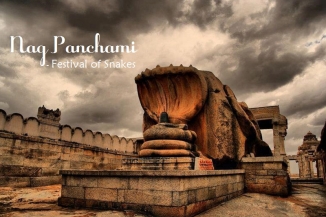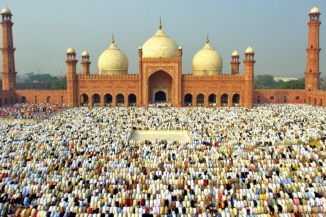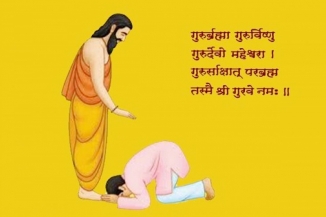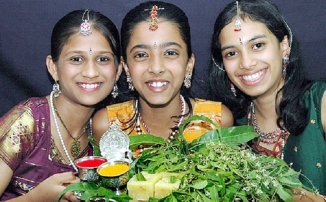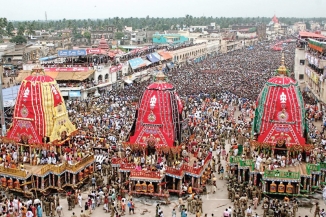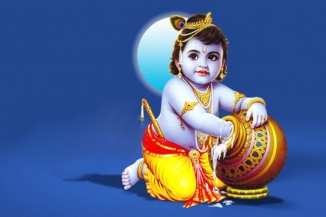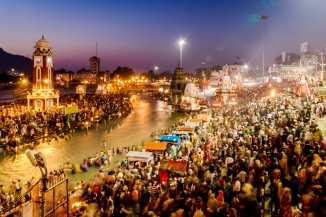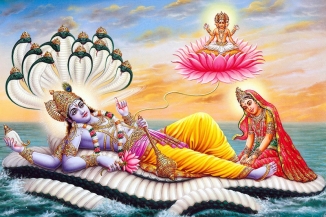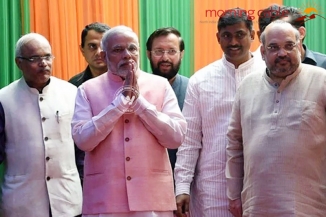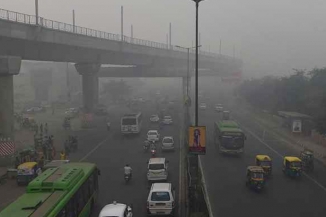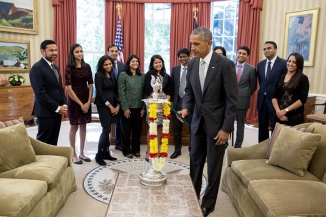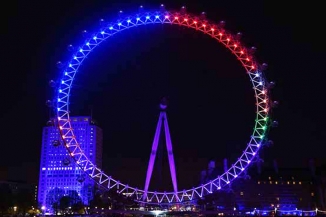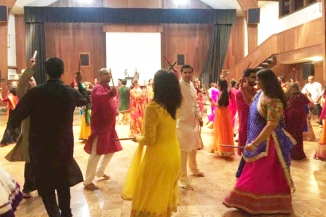Diwali or Deepavali –Lights of prosperity, health, wealth and happiness
November 10, 2015 15:29
Diwali is one of the largest and brightest festivals in India. The festival signifies the victory of good over evil. It's the festival of lights (deep = light and avali = a row i.e., a row of lights) that's marked by four days of celebration, which literally illuminates the country with brilliance and dazzles with joy. Diwali is the celebration of life, its enjoyment and goodness. The festival is celebrated for five continuous days with great enthusiasm and happiness, where the third days is celebrated as the main Diwali festival or 'Festival of lights'. Performing Laxmi Puja in the evening and seek divine blessings of Goddess of Wealth is an important event of Diwali. The festival of Diwali is never complete without exchange of gifts.
In many parts of India, the festivities start with Dhanteras (in Northern and the Western part of India), followed by Naraka Chaturdasi on the second day, Deepavali on the third day, Diwali Padva dedicated to wife and husband relationship on the fourth day and festivities end with Bhau-beej dedicated to sister and brother bond on the fifth day.Dhanteras usually falls eighteen days after Dussehra. The festival is also reckoned with Lord Rama's victory as the King of Ayodhya, after his return to the kingdom from 14 years of exile along with his wife Sita and brother Laxman after killing the demon, King Ravana.
The festival is also celebrated by lighting diyas and candles to drive away the darkness of Amavasya.
While Hindus celebrate Diwali, Jains celebrate a festival of lights to mark the attainment of Moksha by Mahavira. Sikhs celebrate Bandi Chhor Divas and Buddhists celebrate Diwali remembering the emperor Ashoka's conversion to Buddhism.
Diwali is variously named and spelled / pronounced in the diverse languages of India, 'deepabali' (Odia), 'deepaboli' (Bengali), 'deepavali' (Assamese, Kannada, Malayalam, Tamil, and Telugu), 'divali' (Gujarati, Hindi, Marathi, Konkani, Punjabi), 'diyari' (Sindhi‎), and 'tihar' (Nepali).
Diwali dates back to ancient times in India, as a festival after the summer harvest in the Hindu calendar month of Kartika. The festival is mentioned in Sanskrit scriptures such as Padma Purana and Skanda Purana both which are completed in the second half of the 1st millennium AD. The diyas (lamps) are mentioned in Skanda Purana to symbolically represent parts of sun, the cosmic giver of light and energy to all life, who seasonally transitions in the Hindu calendar month of Kartika. Hindus in some regions of India associate Diwali with the legend of Yama and Nachiketa on Kartika amavasya (Diwali night). The Nachiketa story is about right versus wrong, transient wealth versus true wealth, ignorance versus knowledge as recorded in Katha Upanishad composed in 1st millennium BC.
Diwali is one of the happiest occasions with significant preparations. People clean their homes and decorate them for the festivities. Diwali is also one of the biggest shopping seasons. People buy new clothes, as well as gifts, appliances, kitchen utensils, even expensive items such as cars and gold jewelry, etc. People also buy gifts for family members and friends, which typically include sweets, dry fruits, and seasonal specialties depending on regional harvest and customs. It is also the period when children hear ancient stories, legends, myths about battles between good and evil or light and darkness from their parents and elders. Girls and women go shopping and draw rangoli and other creative patterns on floors, near doors and walkways. Youth and adults alike help with lighting and preparing for patakhe (fireworks).
Depending on the region, prayers are offered before one or more deities, with the most common being Lakshmi – the goddess of wealth and prosperity. On Diwali night, fireworks light up the neighborhood skies. Later, family members and invited friends celebrate the night over food and sweets.
The illumination of homes with lights and the skies with firecrackers is an expression of obeisance to the heavens for the attainment of health, wealth, knowledge, peace and prosperity. The fumes produced by the crackers kill a lot of insects and mosquitoes, found in plenty after the rains.
Myth and story of Deepawali lies in the significance of the victory of good over evil and it is with each Deepawali, the lights that illuminate our homes and hearts, is a simple truth that finds new reason and hope. From darkness into light, the light empowers us to commit ourselves to good deeds, that which brings us closer to divinity.
Diwali for Sikhs marks the Bandi Chhor Divas, when Guru Har Gobind freed himself and Hindu Kings, from Fort Gwalior, from the prison of the Mughal emperor, Jahangir, and arrived at the Golden Temple in Amritsar.
Diwali has special significance in Jainism. Mahavira, the last of the Tirthankar of this era, attained Nirvana on this day at Pavapuri on 15 October 527 BCE, on Chaturdashi of Kartika.
The Marwari New Year is celebrated on the day of Diwali, which is the last day Krishna Paksha of Ashvin month and also last day of the Ashvin month of Hindu calendar.
The Gujarati New Year is celebrated a day after the festival of Diwali (which occurs in mid-fall – either October or November, depending on the Lunar calendar). The Gujarati New Year is synonymous with sud ekam i.e. first day of Shukla paksha of the Kartik month, which is taken as the first day of the first month of Gujarati lunar calendar.
By Premji



